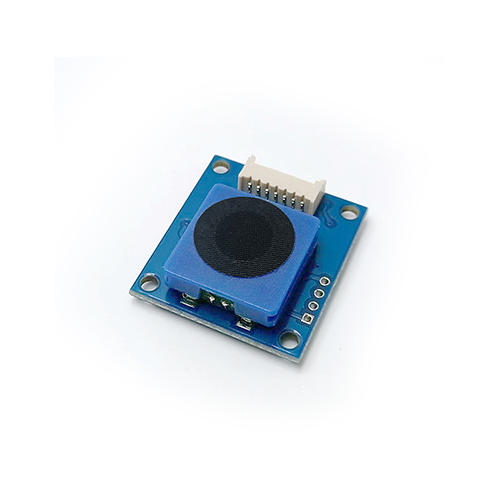Types of alcohol sensors
The core component of the alcohol detector is the alcohol sensor. When the person under test blows air to the alcohol detector through the test mouthpiece, the alcohol detector will have a certain reaction to the exhaled gas through the alcohol sensor, so the quality of the alcohol sensor affects the alcohol detection. The test accuracy of the instrument. This article mainly introduces Types of alcohol sensor and the working principle of alcohol sensor.
Types of alcohol sensors
1.Thermistor sensor
Thermistor sensor is the earliest sensor used in the field of alcohol detection. It measures the concentration of alcohol gas in the environment through the characteristics of the change of resistance with temperature. The advantage is low cost and easy to use, but the disadvantage is that the response speed is slow and the accuracy is not high.
2.Semiconductor sensor
Semiconductor sensor is the most widely used alcohol sensor. It detects the alcohol gas concentration by changing the resistance of the semiconductor material with the alcohol concentration. The sensor has fast response speed and high precision, but is sensitive to changes in ambient temperature and humidity.
3.Infrared sensor
The infrared sensor is a non-contact alcohol detection sensor. It uses the principle of absorbing infrared rays by the unique molecular vibration characteristics of alcohol gas molecules to measure the alcohol concentration. The sensor has high precision and good stability, but the price is relatively high.
4.Electrochemical sensor
The electrochemical sensor is an alcohol sensor based on the principle of electrochemical reaction. It detects the concentration of alcohol through the electrochemical reaction that occurs when the electrode is in contact with alcohol gas to generate an electric current. The sensor has high sensitivity and good accuracy, but requires regular calibration.
Different types of alcohol sensors have their own advantages and disadvantages, and the appropriate sensor should be selected according to actual needs. When selecting and applying an alcohol sensor, it is necessary to pay attention to the sensor’s response time, sensitivity, accuracy, cost and other factors.
Working principle of alcohol sensor
At present, only electrochemical type and semiconductor type are commonly used. These two types can be manufactured into portable breath alcohol testers, which are suitable for on-site use. Semiconductors are basically used in the civilian market; the electrochemical type is basically used in law enforcement and traffic police departments. In foreign countries, the scope of electrochemical use is wider.
The semiconductor type uses tin oxide semiconductor as the sensor. This type of semiconductor device has gas-sensitive characteristics. When the concentration of the sensitive gas in the contact gas increases, the resistance value it presents to the outside will decrease. The semiconductor type breath alcohol tester uses this principle. made. This kind of semiconductor has different sensitivity to different gases at different working temperatures. Therefore, heating elements are used in semiconductor breath alcohol testers to heat the sensor to a certain temperature. At this temperature, the sensor is sensitive to alcohol. Has the highest sensitivity.
The fuel cell breath alcohol tester uses the fuel cell alcohol sensor as the gas sensor, which belongs to the electrochemical type, so it is also called the electrochemical type. Fuel cells are an environmentally friendly energy source that is being widely studied around the world. They can directly convert combustible gases into electrical energy without producing pollution. Being an alcohol sensor is just a branch of fuel cells. The fuel cell alcohol sensor uses precious metal platinum as the electrode, and the combustion chamber is filled with a special catalyst, which can fully burn the alcohol entering the combustion chamber and convert it into electrical energy, that is, a voltage is generated on the two electrodes, and the electrical energy is consumed on the external load. This voltage is directly proportional to the alcohol concentration of the gas entering the combustion chamber, which is the basic working principle of the fuel cell breath alcohol tester.







